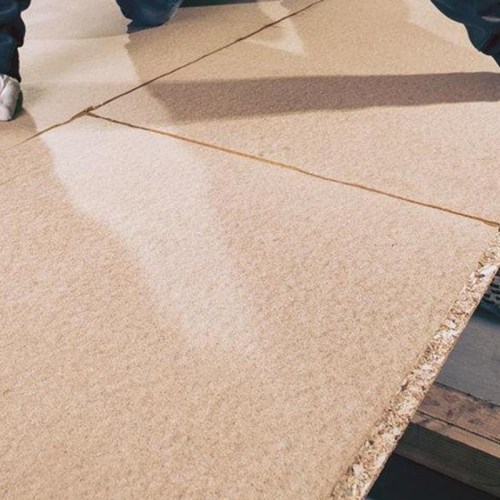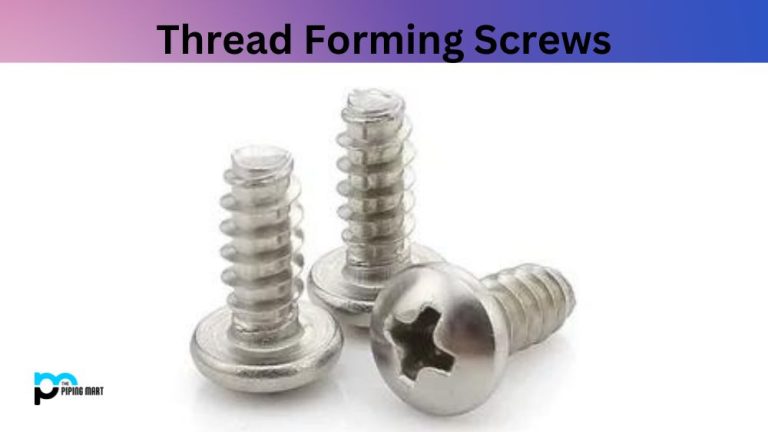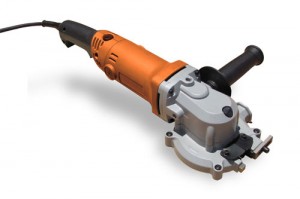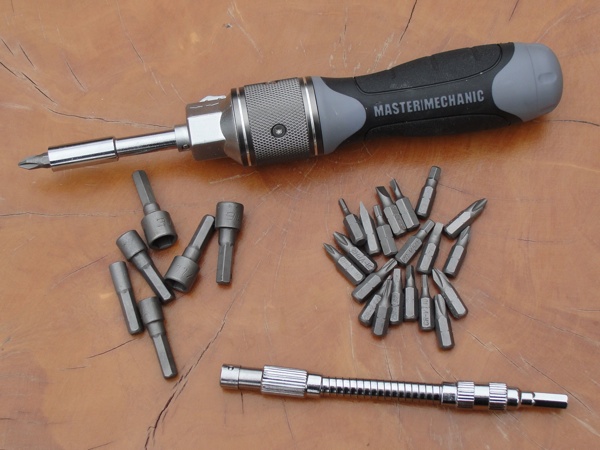Chipboard Sizes UK –
Chipboard can be a useful and cost effective option. It is an engineered wood product, used in construction, carpentry, and do-it-yourself (DIY) projects. Mainly it is used for flooring, furniture making and some structural applications. This guide will help you understand the different sizes, what uses it has , purchasing considerations, and installation techniques.
In particular I will explain the standard dimensions, thickness variations, and types available across the UK.
Understanding Chipboard Sizes in the UK
Below you will find easy to read information on the various chipboard sizes in the UK.
- Thickness: The chipboard thickness you pick should be suitable for the job you are planning. Common thicknesses available in the UK market include 9mm, 12mm, and 18mm. The choice of thickness depends on the intended use, with thinner boards often suitable for lighter-duty applications and thicker ones offering increased strength and stability.
- Common Sheet Dimensions: Chipboard sheets are commonly available in dimensions like 2440 x 1220 x 12 mm. (length by width by thickness) and 2440 x 1220 x 18 mm. (length by width by thickness). These standard sizes provide versatility and ease of use across different projects, enabling efficient cutting and uses in various construction scenarios.
Types of Chipboard Available in the UK
- Standard Square-Edged Chipboard: This is characterised by its square edges, and is suitable for general-purpose applications. It comes in various thicknesses and sizes.
- Tongue and Groove Chipboard: Tongue and groove chipboard has interlocking edges that fit together seamlessly, and have increased stability and reducing the need for additional fixing materials. This type is commonly used for flooring applications, ensuring a snug fit and a smooth surface.
- Moisture-Resistant Chipboard: This chipboard has been engineered to withstand moisture and humidity, and is ideal for applications where exposure to damp conditions is anticipated. It maintains its structural integrity, making it suitable for areas prone to moisture, such as kitchens, bathrooms, or utility spaces.
|
Type |
Characteristics |
Application |
|---|---|---|
|
Square-Edged Chipboard |
Standard, versatile, square edges |
General construction |
|
Tongue and Groove |
Interlocking edges for stability, flooring use |
Lightweight Projects |
|
Moisture-Resistant |
Resistant to moisture and humidity |
Kitchens, Bathrooms |
This table outlines different types of chipboard available in the UK, highlighting their distinctive characteristics and suggesting ideal applications
Understanding the variations in chipboard types based on size and design assists in selecting the most appropriate variant for specific projects, ensuring optimal performance and durability.
Sizes for Different Projects
- Flooring: The choice of chipboard size for flooring depends on the intended use and load-bearing requirements. Thicker chipboard, such as 18mm, is recommended for flooring due to its enhanced strength and stability, offering robust support and minimizing flex. Common dimensions like 2400mm x 600mm or 2400mm x 1200mm cater to flooring needs, while tongue and groove chipboard ensures a snug fit, reducing movement and enhancing the floor’s integrity.
- Cabinet Making and Furniture Construction: Chipboard sizes for cabinets and furniture-making vary based on the desired sturdiness and aesthetics. Thicker chipboard, such as 18mm, is commonly used for constructing sturdy cabinets and furniture pieces, providing durability and structural support. Common dimensions like 2400mm x 1200mm allow for versatile designs while ensuring stability in larger furniture pieces. This is usually a higher grade of chipboard.
- General Construction and DIY Projects: For general construction and DIY projects, a range of chipboard sizes can be used based on the specific application. Thinner chipboard sizes like 9mm or 12mm may suffice for shelving, partitioning, or lightweight structures. Common sheet dimensions like 2400mm x 1200mm accommodate various project needs, allowing for efficient cutting and utilization.
You can buy chipboard in its natural state or covered in a veneer with a white veneer being the most popular. It can be bought in sheets of various sizes.
- You can buy chipboard in different thicknesses and includes 15, 18 and 22 mm
- You can buy chipboard in different lengths and includes 2400, 2440 mm
- You can buy chipboard in different widths and includes 153, 229, 381, 457, 533, 600 mm

Standard chipboard sizes for flooring UK
Chipboard can also be bought for flooring, particularly for roof space floors, and for shed floors. Typical sizes for that are:
- 2400 x 600 x 18mm
- 2400 x 600 x 22 mm
The 22 mm is the strongest board.
Advantages
- Different chipboard sizes cater to varying project requirements, offering flexibility in application.
- Thinner chipboard sizes are often more cost-effective and suitable for lighter applications.
- Smaller chipboard sizes can be easier to handle and transport, especially in DIY projects.
Disadvantages
- Thinner chipboard sizes may lack the strength required for heavy-duty applications.
- Larger dimensions might pose challenges in stability without appropriate support or reinforcement.
- You have to ensure the chosen size aligns with the project’s specific requirements.
|
Thickness (mm) |
Common Sheet Dimensions (mm) |
Application |
|---|---|---|
|
9 |
2400 x 600, 2400 x 1200 |
Shelving, Partition |
|
12 |
2400 x 600, 2400 x 1200 |
Lightweight Projects |
|
18 |
2400 x 600, 2400 x 1200 |
Flooring, Furniture |
This table provides an overview of common chipboard thicknesses and their corresponding sheet dimensions, coupled with typical applications for each thickness.
Purchasing Guide
When buying chipboard for your projects in the United Kingdom, it’s useful to know where to buy.
- Local Builders’ Merchants: These are widely accessible in the UK and will have a range of chipboard sizes and types. Examples include Travis Perkins, Jewson, and Buildbase, which often have multiple branches across the country, providing convenience and availability.
- Specialist Timber Merchants: Some specialised merchants, like Arnold Laver or Timbmet, focus on timber and wood-based products, including chipboard. They might offer a broader selection and expertise in wood-based materials.
- Online Retailers: E-commerce platforms like B&Q, Screwfix, or Wickes provide a good selection of chipboard sizes and types. Online purchases offer convenience and sometimes provide access to a wider selection.
Things to Consider When Purchasing Chipboard
- Quality Standards and Certifications: Ensure the chipboard meets industry standards and certifications, such as those from the British Board of Agreement (BBA) or the Forest Stewardship Council (FSC). These certifications affirm the quality and sustainability of the product.
- Price Comparison Based on Different Sizes and Types: Compare prices across various suppliers for different chipboard sizes and types. Consider the cost implications of thicker boards or specialty chipboard types against your project’s requirements and budget.
- Availability of Custom Sizes or Bulk Purchase Options: Some suppliers offer options for chipboard sizes or bulk purchase discounts. It’s good to work out whether custom sizes or larger quantities better suit your project needs and budget constraints.
Considering these factors ensures that you not only acquire chipboard at competitive prices but also guarantee its quality and suitability for your intended application.
The exact price will depend on which store or builder’s yard you buy it from. It will also depend on which thickness you pick, which size you pick, and whether it is laminated or not. We have shown a few examples just below which uses average UK prices.
- 2400 x 600 x 18mm sheet of chipboard (not laminated) costs around £20
- 2400 x 600 x 22 mm sheet of chipboard (not laminated) costs around £25
- 2400 x 600 x 15 mm sheet of chipboard (laminated) costs around £19
- 2400 x 600 x 18 mm sheet of chipboard (laminated) costs around £25
Installation Tips and Techniques
Proper handling, cutting, and installation of chipboard are really important to avoid waste and make sure you do the best quality of job.
- Selecting boards: Where possible, try to pick your own boards. Check that they are not damaged especially around the edges. Check for staining and warping.
- Handling: Always store chipboard in a dry, flat area to prevent warping or damage. Carry with support across the sheet’s length, to avoid breakage or cracks.
- Cutting: When cutting chipboard, use a sharp saw. Circular saws or bench saws are best, and a jigsaw for cutting curves. If you don’t have power tools then a hand saw works nicely. Measure and mark accurately before cutting and support the board adequately to prevent splintering.
Installing Chipboard for Flooring:
- Make sure the subfloor is clean, dry, and level before laying chipboard. Use appropriate adhesives or fixings for securing the chipboard to the subfloor.
- Lay chipboard panels perpendicular to the floor joists for increased stability. Leave expansion gaps around the edges to accommodate natural movements.
- If using tongue and groove chipboard, interlock the panels securely. Screw or nail the boards at appropriate intervals for a secure fit.
Furniture Making:
- Use very accurate measurements and cutting techniques to achieve precise sizes for furniture components.
- Consider edge banding to conceal exposed chipboard edges, enhancing the aesthetics of the furniture piece.
Making Joints
- When joining larger chipboard panels, use butt joints reinforced with screws or suitable fixings for added strength.
- Use biscuit joinery or dowels for aligning and joining smaller chipboard pieces with precision.
Understanding the specific installation techniques for different chipboard sizes ensures structural integrity and professional finishes across various applications.
Maintenance and Care
Proper maintenance and care will preserve the longevity and appearance of chipboard surfaces.
- You can maintain chipboard surfaces by regularly dusting or vacuuming to remove debris or dirt buildup. Use a damp cloth with mild detergent for thorough cleaning, followed by a dry wipe to prevent moisture absorption.
- Use coasters, placemats, or felt pads under heavy objects or hot items, to prevent scratches, dents, or heat damage, especially on furniture made with chipboard.
- Consider sealing or coating larger chipboard surfaces, such as flooring or worktops, with appropriate sealants or coatings designed for chipboard to create resistance to moisture or stains.
- For chipboard flooring, check now and then for signs of wear, scratches, or water damage. Promptly address any issues by repairing damaged areas and applying protective finishes if needed.
- Rotate furniture items periodically to ensure even wear and exposure to light. Apply furniture polish or suitable coatings to maintain chipboard surfaces and protect against moisture.
- Inspect chipboard used in structural elements of construction projects. Ensure proper support, address any signs of deterioration, and consider reinforcing critical areas if necessary to maintain structural integrity.
By adhering to these maintenance recommendations and a little care you can prolong the lifespan and aesthetic appeal of chipboard surfaces in various settings.
My Final Thoughts
Chipboard is available in various sizes and types, and comes in various thicknesses, such as 9mm, 12mm, and 18mm, coupled with common sheet dimensions like 2400mm x 1200mm. There are standard square edged chipboard, tongue and groove variants, along with moisture-resistant options available on the UK market.
The versatility and practicality of chipboard across various sizes for UK projects is really good. Whether used in flooring, furniture making, or structural construction, chipboard serves as a reliable, cost-effective, and adaptable material.



